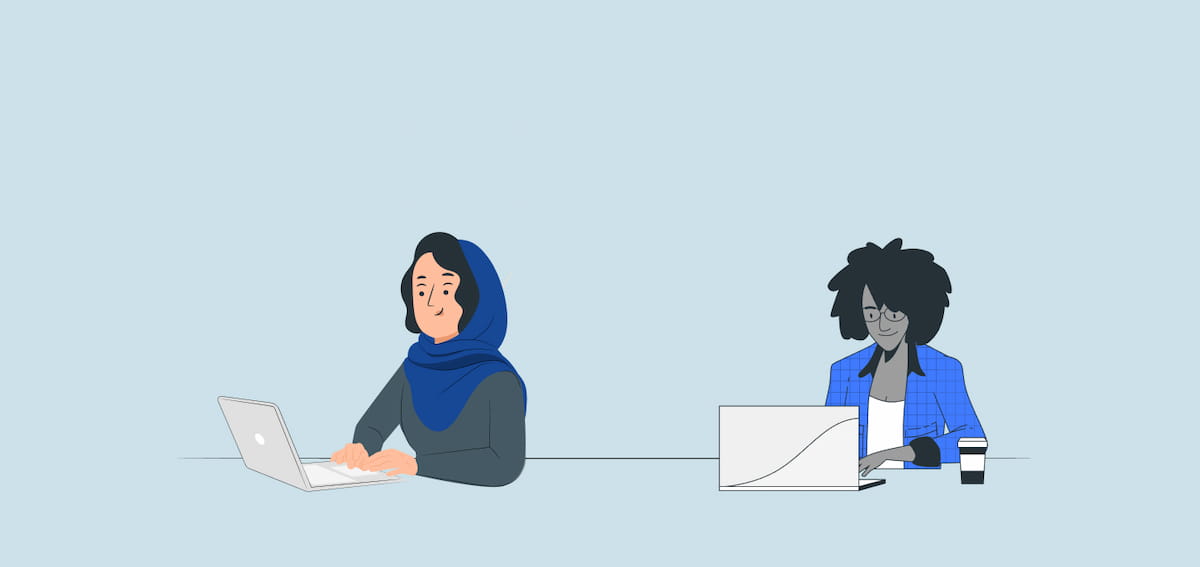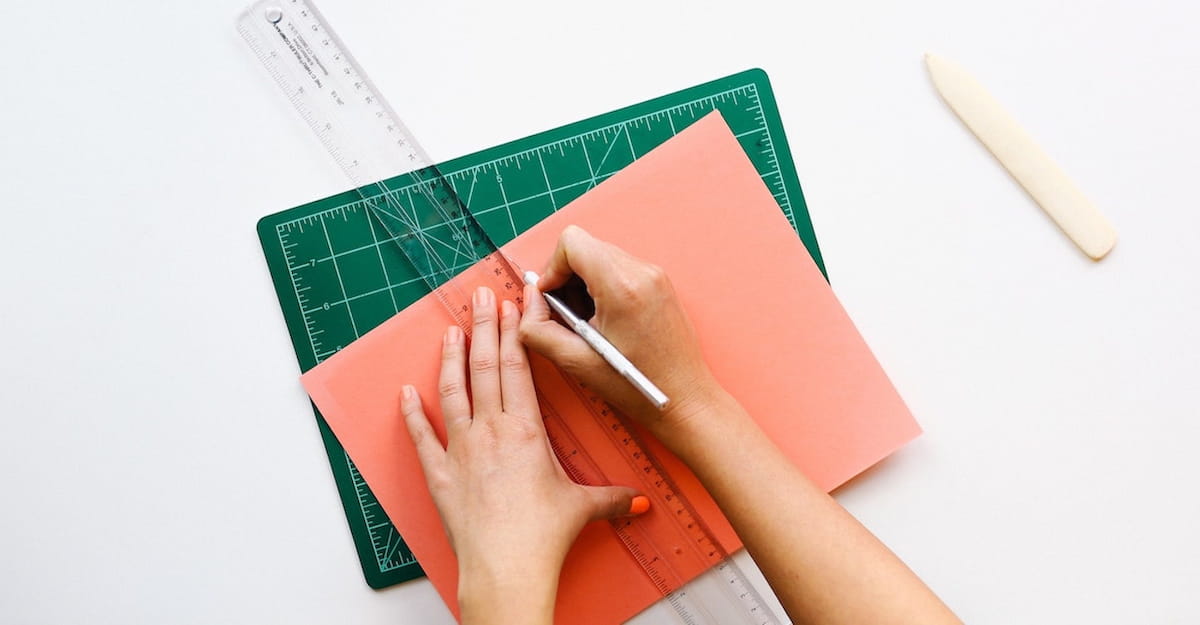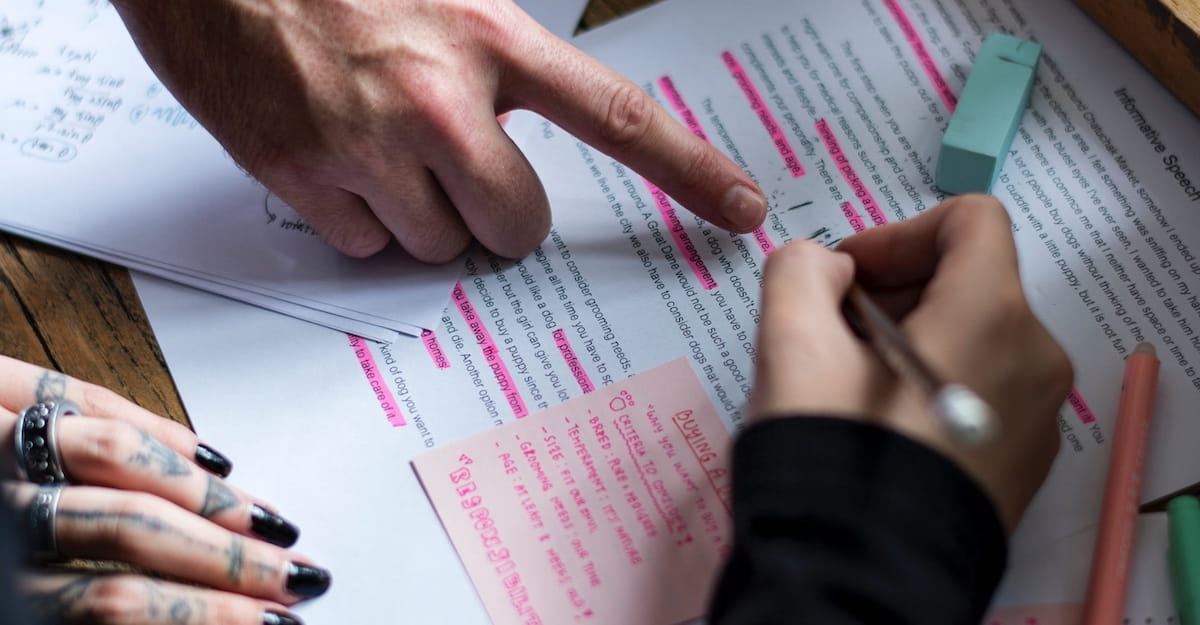
Blended or flipped classrooms exist to challenge the paradigm that a teacher is the holder of all knowledge and best dispels that knowledge to students through lecture or direct in-person instruction. In a blended or flipped classroom, teachers leverage technology, independent practice time, and group discovery activities which allow students to engage with the material in order to learn through exploration. A blended or flipped classroom can offer a range of benefits for English/Language Arts teachers.
Enhanced Engagement
A blended or flipped classroom model can allow for lessons to be more interactive and engaging for students by providing them with access to a variety of digital resources. Instructional videos, interactive quizzes, and collaborative review games all play a role in shaping student learning.
Class time can still be used to participate in these learning activities, but the digital nature of these particular learning materials lends itself to the benefits of a flipped classroom.
Teachers no longer have to be the sole source of information for students, nor should they. Instead, educators should leverage technology to provide students with an enhanced learning experience that goes beyond the capabilities of what a single teacher can do.
Student Autonomy
Flipped classrooms allow students to take control of their own learning by giving them access to resources they can use to learn at their own pace. In a traditional classroom, teachers might introduce a new concept through direct instruction. This synchronous model of instruction requires that all students at all times follow along at the same pace regardless of skill level.
While this model can still be effective, it can also usurp a large amount of class time since all students may not learn at the same pace or be on the same skill level. A flipped or blended classroom might use an instructional video which can provide the flexibility for students to learn a concept at their own pace and at their own level. Students can then use the time to generate a list of questions they might have about the topic to bring to class the next day rather than having to generate and then ask those questions on the spot, in the middle of class.
A flipped or blended model provides the opportunity for students to become more autonomous in their learning by having the students themselves determine the pace at which they learn best.
Individualized Learning
The flipped classroom model allows teachers to differentiate instruction to meet individual student needs by providing personalized feedback and support. When students use technology from home, there are many programs that can record a student’s progress to give the teacher a clear window into what the students are understanding and what they are not.
When the teacher has the opportunity to review this progress ahead of time, the teacher can then work with those students who are struggling while challenging the other students to continue with the lesson. This allows the teacher to individualize her instruction by successfully remediating those who need assistance while pushing others forward to continue in their learning. No longer does the teacher have to teach to the middle, but rather the teacher can become more effective by individualizing her instruction through the use of a flipped classroom.
More Class Time
In addition to individualized learning, flipped classrooms can help to create more class time. By providing instructional content online so that students can learn at their own pace and at their own level, class time can be used more efficiently such that students’ time is not wasted reviewing content they already know or the opposite – trying to learn content for which they’re not ready.
Class time is valuable. Collaborative activities, group discussions, writing circles, etc. – all of these high-value activities require students to interact with one another in a face-to-face learning environment, and class time provides that space and time to participate in these events. With a flipped classroom, teachers can make more effective use of classroom time for their students.
Greater Flexibility
The blended or flipped classroom model can also allow teachers to be more flexible with their lesson plans, as students can access materials online at any time and outside of the classroom. Online videos, quizzes, blog articles, discussion boards, and review games are simply the beginning stages of the flexibility that this type of structure can provide.
Additionally, with a flipped classroom, teachers are not restricted to the time limits of a face-to-face classroom block. The learning of a blended or flipped classroom is not confined to four walls, and this is the beauty of the flexibility!
Improved Retention
Every year, teachers experience classrooms with students who may fall behind for a number of reasons outside of the students’ control. In a traditional classroom setting, it can be difficult for students to catch up. Students may fall behind due to illness, family emergencies, travel, or just because they need additional processing time. By providing students with access to instructional content that they can access and revisit as needed – on their own time and from their chosen spaces – teachers can help students to better retain key concepts and skills or simply learn anything they might have missed in the class period.
Engaging Homework
Yes – worksheets and homework packets still have their place in learning (and dependent upon the developmental level of the student); however, in a flipped classroom, homework can be much more engaging and interactive than traditional assignments. Students can watch instructional videos or complete online assignments, and most of these digital learning materials can track student engagement and student completion so that teachers have a clear window into each student’s level of understanding.
Preparation for the Future
Blended and flipped classroom systems are becoming more common in higher education to prepare young professionals for the digital workplace where “teams” and “workplaces” are collaborative forums online where colleagues work remotely. Introducing students to these models – and more importantly how to navigate them effectively and appropriately – can better prepare them for future academic and professional endeavors. From open concept workspaces and remote environments to small college lectures and study halls, students will be more prepared to be active and successful participants in these new structures later down the road when introduced to them in a secondary education classroom setting.
When a teacher is able to leverage a flipped or blended learning model in her classroom, effectiveness, efficiency, and engagement tend to follow, and once you add up all of the benefits above, it’s the students who are left with an incredibly valuable educational experience.
Read More

English Grammar 101 Alternatives

When You Ask for Analysis but You Get Summary Instead

Establishing Confident Writers Through Creativity and Self-Expression

Brainstorming Through Writer’s Block

Four Steps to Teaching Your Students Adverbs

How to Fire Your Internal Critic

What Just 10 Minutes of Daily Journaling Can Do for Student Writing



